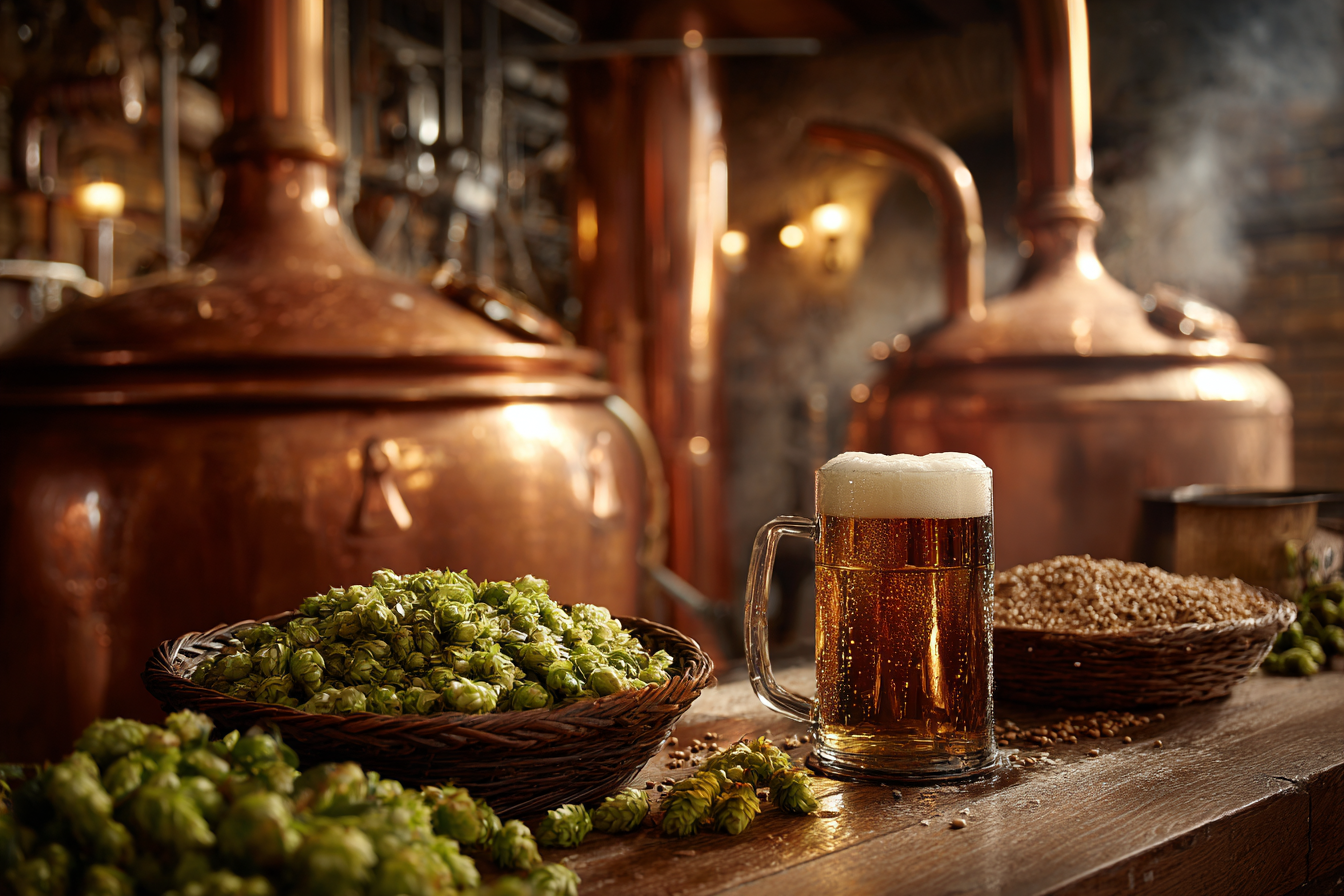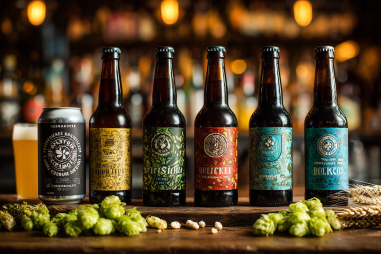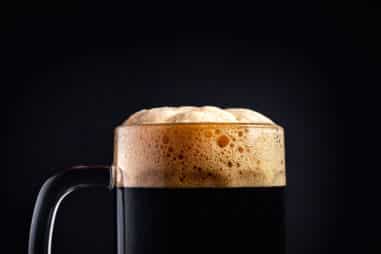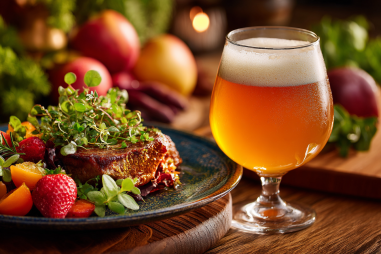Brewing an Irish Red Ale is more than just following a recipe; it’s about embracing a rich tradition that combines meticulous technique with quality ingredients. Known for its captivating reddish hue and smooth, balanced flavors, the Irish Red Ale holds a special place in the hearts of craft beer lovers around the world. Whether you’re a homebrewer eager to create your own pint of this classic style or a professional brewer looking to refine your technique, understanding the brewing process in detail is crucial. Let’s dive into the essential steps and nuances that make Irish Red Ale truly distinctive.
Overview of Irish Red Ale Style
Irish Red Ale is a style that originated in Ireland, characterized by its amber to deep reddish color and a medium-bodied mouthfeel. Traditionally, it features a balanced malt profile with subtle caramel sweetness complimented by mild hop bitterness. The aroma is generally clean with hints of toasted malt, light fruitiness, and a touch of floral or earthy hops. The alcohol content usually falls in the moderate range, about 4.0% to 5.5% ABV, making it an accessible and enjoyable beer for a wide audience.
What sets Irish Red Ale apart from other red ales or amber ales is its harmony between malt complexity and hop bitterness, making it neither too sweet nor too bitter. It’s a sessionable beer that pairs wonderfully with hearty Irish dishes, providing a smooth drinking experience that still carries character and depth.
Selecting the Right Malt and Hops
The foundation of any great Irish Red Ale starts with malt selection. Typically, a combination of pale malt and roasted barley is used to achieve the trademark reddish tint and roasted undertones. Here’s a basic malt bill breakdown:
- Pale Malt (Base Malt): This provides the bulk of fermentable sugars and a clean malt backbone.
- Caramel/Crystal Malt: Used in moderate amounts (usually 10-20%), caramel malts contribute sweetness, body, and the characteristic amber to reddish color.
- Roasted Barley: Added sparingly (typically 1-3%), roasted barley delivers subtle roasted flavors and enhances color without imparting intense bitterness.
When it comes to hops, Irish Red Ales generally use noble or traditional hop varieties such as East Kent Goldings, Fuggle, or Willamette. The goal is a mild to moderate bitterness, around 20-30 IBUs, that balances the malt sweetness without overwhelming it. Hop aroma is often restrained to keep the focus on malt character.
Water Profile and Yeast Strains
Water chemistry is a significant yet often overlooked factor in brewing Irish Red Ale. Irish water tends to be soft with low mineral content, which helps in achieving the smoothness and clarity typical of this style. Homebrewers can emulate this by using soft water or adjusting their brewing water by reducing calcium and sulfate levels to avoid harsh bitterness.
Choosing the right yeast is equally important. Irish Red Ale typically ferments with ale yeast strains that impart a clean, subtle fruity profile without too many esters or phenols. English ale yeast strains like Wyeast 1098 (British Ale) or White Labs WLP002 (English Ale) are excellent choices. They ensure a moderate fermentation temperature range (65-70°F) and provide the clean finish that lets malt and hops shine.
Mashing and Fermentation Details
The mashing process is where starches in the malt convert into fermentable sugars, and it significantly impacts flavor, body, and drinkability. For Irish Red Ale, a single infusion mash around 150-153°F (65-67°C) is typical, resulting in a medium-bodied beer with good malt complexity.
Some brewers incorporate a step mash or mash-out phase around 168°F (76°C) to improve fermentability and enzyme activity, but this is optional depending on your setup and recipe.
After mashing and lautering, boil the wort for 60 minutes, adding hops according to your bitterness and aroma schedule. Remember, the aim is balanced bitterness, so don’t over-hop.
Fermentation begins by cooling the wort to yeast pitching temperature (65-70°F). Irish Red Ale benefits from a clean and steady fermentation that lasts about one to two weeks. Monitor fermentation temperature carefully as primacy of malt character can be lost if overly high temps produce unwanted esters.
Coloring and Flavor Development
The distinctive reddish hue of Irish Red Ale comes mainly from the combination of caramel malts and roasted barley. The careful balance in malt types directly contributes to the visual appeal and flavor depth:
- Caramel Malts: They bring sweetness, smooth body, and red to amber coloration.
- Roasted Barley: Enhances color intensity and adds a subtle roastiness without bitterness.
Flavor-wise, this malt combo delivers nutty, toffee, and light roasted notes, harmonizing with restrained hop bitterness. Proper fermentation also ensures the yeast complements rather than competes with malt flavors, creating an overall rounded and drinkable beer.
For homebrewers looking to accentuate color further, adding a small amount of special red malt can enhance redness without making the beer overly sweet or heavy. However, always balance malt additions to maintain style integrity.
Tips for Homebrewers and Professionals
- Use Fresh Ingredients: Fresh malt, hops, and healthy yeast cultures will always produce better results. Stale ingredients negatively affect flavor and aroma.
- Control Fermentation Temperature: Keeping fermentation within the optimal range ensures a clean, balanced profile with minimal off-flavors.
- Be Precise with Your Water Chemistry: Adjust your water to mimic soft Irish water. This will help achieve the smoothness characteristic of Irish Red.
- Don’t Overdo Roasted Barley: Keep roasted barley low to avoid unwanted bitterness or a burnt taste.
- Practice Patience: Like many ales, letting the beer condition for a few weeks after fermentation enhances flavor integration and smoothness.
- Document Everything: From your malt bill to fermentation temps, tracking your process helps improve future batches.
Perfecting Your Irish Red Ale
Crafting the perfect Irish Red Ale is a rewarding journey that combines understanding of malt selection, yeast management, water chemistry, and precise process control. By focusing on the balance between malt sweetness and hop bitterness, combined with a clean fermentation profile and restrained roast character, you can produce a beer that respects tradition and delights the palate.
Whether you’re brewing your first batch or refining your recipe after dozens of brews, keep experimenting with small tweaks while staying true to the style’s fundamentals. With patience, attention to detail, and a passion for brewing, your Irish Red Ale will soon pour with that beautiful ruby glow and that perfect smooth taste that beer lovers everywhere cherish.







